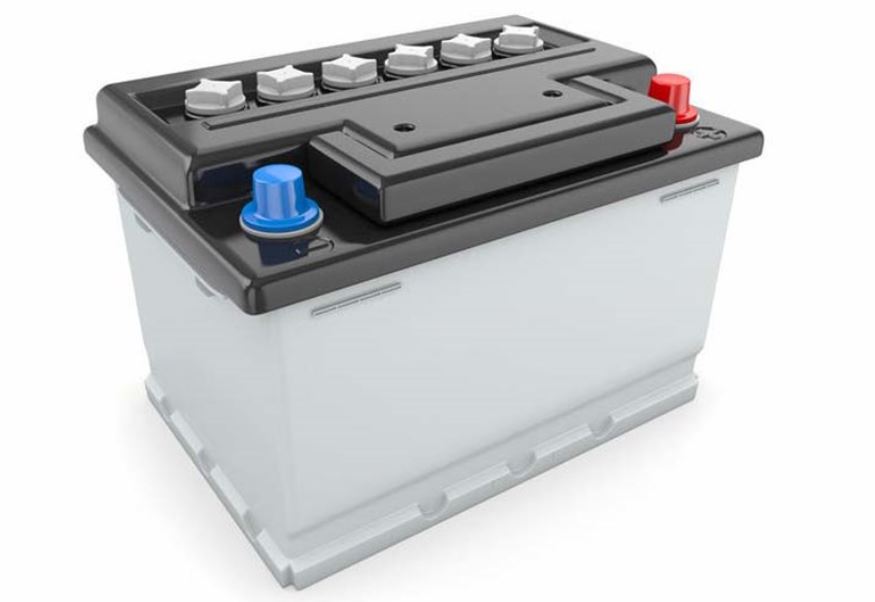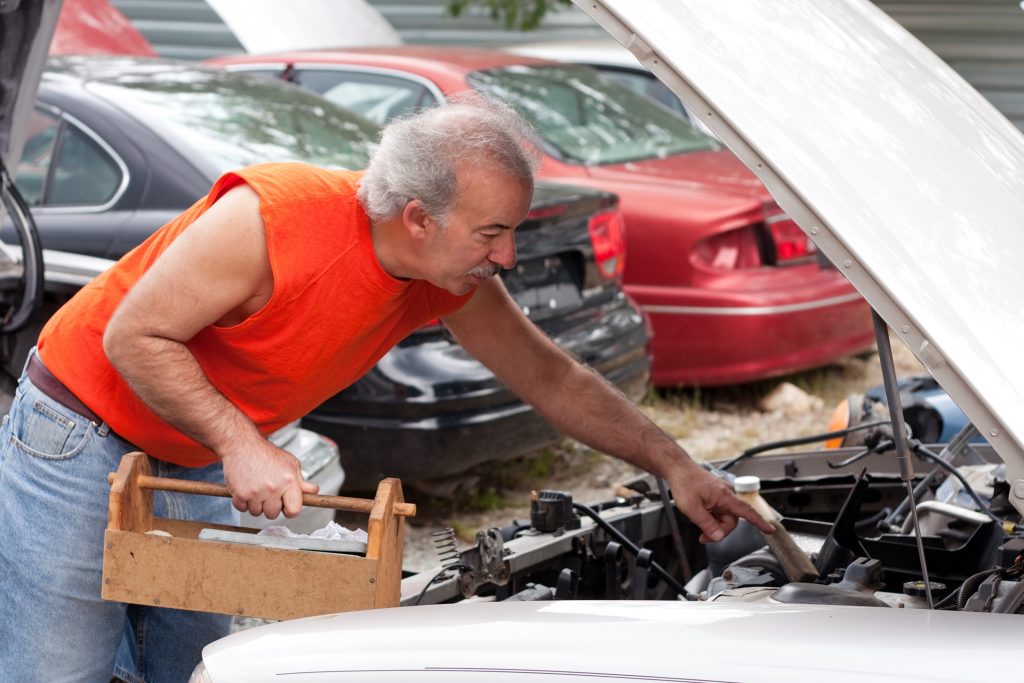The complexity of the batteries and electrical systems in our cars is growing as cars incorporate more and more electronics to meet our technological needs. However, there are always some basics to play in the maintenance and that has hardly undergone an evolution over time.
In this new installment of the maintenance special, we will tour the electrical components of our cars and we will see what elements are part of the revisions of our cars. Batteries, spark plugs, preheaters, and little else that can be touched today in cars will be the protagonists.
In this installment, we reopen the hood and play under it, as far as they leave us. The complication of the electrical system, the untouchable batteries, and the plastic protections that cover the engine compartment almost completely in modern cars will make it difficult for us, but we will make room for this special.
The complexity of the electrical systems in our cars is growing as cars incorporate more and more electronics to meet our technological needs. However, there are always some basics to play in the maintenance and that has hardly undergone an evolution over time.
In this new installment of the maintenance special, we will tour the electrical components of our cars and we will see what elements are part of the revisions of our cars. Batteries, spark plugs, preheaters, and little else that can be touched today in cars will be the protagonists.
In this installment we reopen the hood and play under it, as far as they leave us. The complication of the electrical system, the untouchable batteries and the plastic protections that cover the engine compartment almost completely in modern cars will make it difficult for us, but we will make room for this special.
Battery

We start with the batteries, they are those parts of the car that we only remember when they fail. Its job is to store the electrical energy produced by the alternator to power consumers when the alternator is not generating power. The day we try to start the car and we hear a clack or a weak start attempt, is the day we think how old does this battery last?
Probably more than it should, so it is best to include it in our monthly review in which we will also look at the oil and tires. Let’s see how to review them and what all the brujas that appear on the battery labels mean.
A long time ago, batteries had some caps (some are still sold) through which, by means of a density meter, the charge of each individual cell could be measured, normally there are six cells in 12-volt batteries. However, this was not and is not an accessible method for most people.
Sulfuric acid mixed with distilled water should not be handled by anyone who has no training, I have an acquaintance who exploded a battery splashing his overalls and gloves, which ended up undone in just a couple of minutes. If the same happens to us in short sleeves, we will be lucky if our skin does not splash and we have time to quickly remove our clothes.
Better not mess around if we don’t know what we’re playing and don’t have proper protection. Water evaporates from the batteries during charging and needs to be replaced. However, many of the batteries that are sold today are usually maintenance free , that is, they do not have those check and fill holes of distilled water.
In return they carry an indicative indicator (which is an integrated density meter) that with a colored ball indicates if it is in good condition. The fault is that they are indicative, it does not even faithfully reveal the state of charge, so we have to resort to other methods to determine it.
We need a multimeter for this check, also that the car and all consumers (lights, radio …) are off. We open the hood (or the trunk) and locate the battery, put the multimeter in the position of continuous voltage measurement , normally at 20 V DC and place the red terminal on the positive terminal and the black terminal on the negative terminal (if we have access) or to some bare part of the body.
We will obtain a measurement in volts of the battery voltage, which gives us an idea of the state of charge of the battery . If the result we obtain is 12.7 Volts, the battery is fully charged, 12.4 Volts indicates 75% charge, 12.2 Volts 50% charge, 12 Volts 25% charge and less 11.9 volts indicates that the battery is completely discharged.
From the label we are interested in two figures, one that is the short-term intensity that the battery reaches, this is the intensity that it delivers as a peak at startup and is measured in Amps (A). In the case of diesel engines, this number is usually higher than in gasoline engines because they require more powerful starters to start the engine.
The other figure that interests us is the electric charge, which is measured in Ampere-hours (Ah). The higher it is, normally the longer the battery will last before being completely discharged, this interests us if we think about connecting things with the car turned off.
Starting the car if we run out of battery
If in the end keeping the state of the battery under surveillance has not helped us to run out of battery, either because the battery has ended its useful life, or because we have left a consumer on in the car and the entire battery has been ventilated, we will see how to get out of this situation.
First of all, we must know if we have run out of batteries due to forgetfulness or because our batteries were in the last. In the first case, we can extend the life of our batteries, in the second we have to replace it. In any of them, we must start the car, I will tell you the methods in order of speed of starting the car and its drawbacks.
First of all, the replacement of the batteries, we remove one and put a new one. The disadvantage of this method is that it is as expensive as the price of the battery and that a tool is usually required for replacement. Also, a drawback is that if our battery still had life (we have exhausted it by leaving something on), we have a battery that is still worth collecting dust. We also need to be near a store where we can buy a new battery.
Second, push start. This method requires that the car maintains a minimum charge sufficient to feed the alternator rotor if we do not hear a miserable clack when we activate the starter … better not try. We also need our car to have a manual gearbox. If we do not have an accessible downhill it is essential to have a couple of HV (steam humans) to push.
Once with the free road ahead (although it can also be reversed), the handbrake is released, the second gear is engaged, the ignition is made and the clutch is pressed. It’s time to get the whip out and whip our HV’s so they start pushing. As we pick up speed, we release the clutch gently until we feel that the engine is already moving and at that moment we activate the starter.
Hopefully, it will start, after starting it you have to leave the car on for at least a couple of minutes to charge the battery. Not all cars can be started by pushing, in fact, many manufacturers expressly prohibit it, with special preference with catalyzed cars (in gasoline all) but it is a method that can be used when we are in the middle of nowhere and if it works, it takes us out in a hurry.
Third, start with tweezers, for this, we need someone, us, or the electricity donor, must have the right tweezers and a car to give us the necessary electricity. After achieving this, we connect the positive (red) of the dead car to the positive of the live car battery and then we connect the negative (black) terminal of the live car with the negative terminal of the dead car. Sometimes there is a metal point were to hook this clamp on the engine compartment.

The two cars must be switched off before starting the operation and during the connection of one with the other. After having them connected, we must start the car alive and leave it running (charging the batteries) for a minute or two. After that, we started the dead car.
Some say that you have to turn on the consumers of the dead car before starting it, there are those who say no, the protocol to follow usually comes in the car manual, so when in doubt, it is best to consult it.
This is so for the electronics of cars, some argue that when consumers turn on, they absorb the current peak that occurs when starting the car and that the electronic components can be brushed. Others that keeping them off minimizes the amount of current required and the peak is less.
I have always been taught the first theory, but since I have seen both theories in official manuals, the last word is that of the manufacturer.
There are manufacturers of batteries that do not allow tweezers to be made, so first of all, let’s look at the manufacturer’s manual, let’s not mess it up brown. To finish this part of the battery and electrical system special, a brief statement in favor of good quality starter clamps. If the cable of the clamps is fine, they may result from a single-use when the cable melts when starting the dead car.
